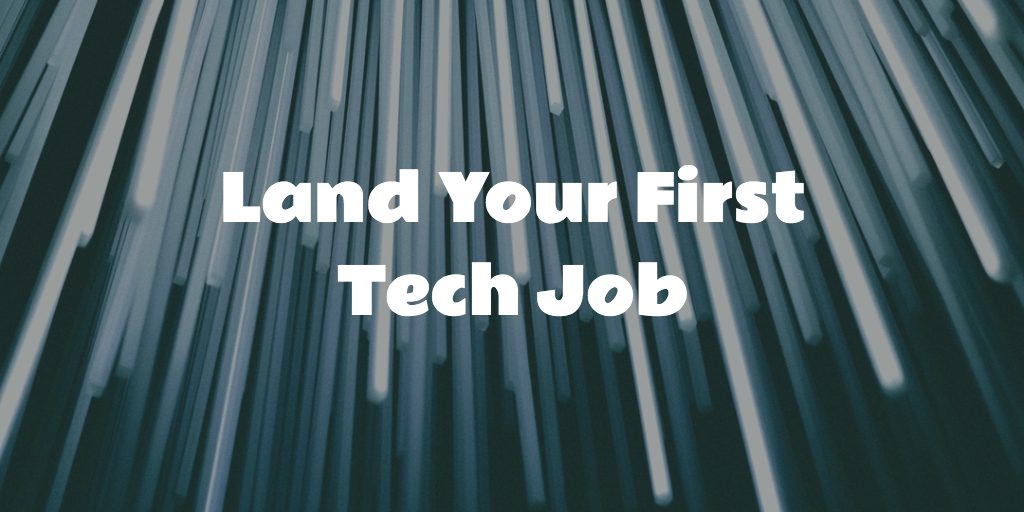Tell me if this job search scenario sounds familiar: You’ve turned your resume into a work of art, your LinkedIn profile is the envy of recruiters everywhere, and you’re getting interview after interview.
There’s only one problem: You’re not getting any offers.
If that describes your experience, fear not. I’ve got a complete strategy below to help you close the deal.
But before you dig in, take a moment to take pride in the fact that you’ve already overcome some of the biggest challenges: You know where you belong and recruiters agree that you’re in the right place. That takes time, and hard work, and you deserve to pat yourself on the back: Those good feelings will help you stay positive during a long search.
OK, now that you’ve celebrated coming this far, it’s time to get down to business, and fix what’s keeping you from getting an offer. Most often, it boils down to one of two things holding you back: what you’re saying or how you’re saying it.
1. Your Lines
The first place to look is the content of your answers. For example, are the stories you’re telling about your background and work experience compelling? Or do they come across as amateurish or irrelevant?
To find out, map out your best work stories (e.g., those key themes like leadership, communication, conflict-resolution) against these bullets:
- What was the big challenge? (“My team was up against a major deadline and everyone was stressed out since it looked like we wouldn’t hit it.”)
- How did you respond? (“Rather than let everyone burn out and hand in subpar work, I led an impromptu outing to a local kickboxing class. And once our team got our frustrations out, we came back to the office and worked together better and harder than we ever had!”)
- What was the result? (“We not only finished our project ahead of time, but we also had 100% retention on that same team for the next two years.”)
Then, have a friend review your stories to make sure they’re clear (“I understand exactly what you did”) and compelling (“I understand exactly why it was important”). If she can’t explain what you accomplished or doesn’t get why it matters, you have your culprit: Your stories just aren’t up-to-snuff.
If that’s the case, go back to the drawing board and do one of two things:
1) If you know in your heart that your story is amazing, work on refining it. Strip away unnecessary detail (no one needs to know about all the weird team acronyms your last job used), add in context that you might take for granted (but they do need to understand why you were working with those teams in the first place), and try to clarify the result (even if the result was just better teamwork, was there a quantifiable outcome like “erased 5 weeks of deadlock”). Here’s a complete guide to transforming your stories into interviewer catnip.
2) But if you’re not 100% passionate about the story, don’t be afraid to cut it. Even if a given project took months of your time to complete, it’s not necessarily going to translate into a great story if the accomplishment was shrouded in complexity and lacking in a defined outcome. It’s better to choose a story that’s easy to understand and has a clear result, even if wasn’t as big a part of your job.
2. Your Delivery
But what if your friend tells you your stories are spot-on? If so, chances are it’s how you’re delivering them that’s holding you back. And here’s where you need to do some practice interviews.
Start by asking your friend to listen to you rehearse your responses (i.e., not just read them) and ask: Did I have a sense of humor and positive energy (body language)? Would you want to work with me?
As it turns out, hiring managers don’t just look for competence, they also look for warmth. And thus, even if your stories demonstrate serious expertise, you also need to come across as an engaging human to get an offer.
If your friend isn’t getting this warmth from your responses, here are a few concrete things to practice:
Start by smiling as you answer. Psychological research has shown that the mere act of smiling, even when you’re feeling nervous, can change your mood. And it also becomes contagious to the listener, reframing the way they perceive you.
Build some self-deprecating moments into your stories. Remember how after Jennifer Lawrence fell at the Oscars, people loved her even more? There’s something innately likable about people who aren’t afraid to admit mistakes - so laughing at yourself is the surest way to get your interviewer laughing too.
Ask questions! The deadliest form of interview answer is the monologue – no one likes to see a talking ahead for 30 straight minutes (e.g., when was the last time C-SPAN had record ratings?). So take advantage of the Ben Franklin effect and ask your interviewer questions throughout (e.g., “Now, I’m curious – how would your team have solved that challenge?”) – because, again, research shows that people prefer others who seek advice vs. just give it.
The Bottom Line: Friendly Feedback > Self-Analysis
So whether it’s what you’re saying or how you’re saying it that’s holding you back, there’s actually a larger lesson here: Don’t suffer on your own!
If you’re getting interviews but not offers, just repeating the same mistakes over and over again is a recipe for heartache. Instead, find a friend who can provide an objective take on both your stories and your style.
And then, after you identify the issue and get your fat new paycheck, just be sure to take her out to a really nice meal – because, hey, you both earned it!




